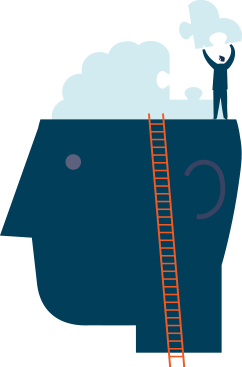Sorry!
The page or file you're looking for has probably moved. We've just reorganized the new HeretoHelp website, so please bear with us as we work through the final details.
If you can't find what you're looking for, you can:
-
Use the search box at the top of this page
-
Look through the Resource Library (for all info sheets, Visions articles, workbooks, toolkits and guides) or Personal Stories
-
Contact us to ask for help!
Please note that many of the URLs on this site have changed. If you've previously bookmarked pages on HeretoHelp, you may need to update your bookmarks.
